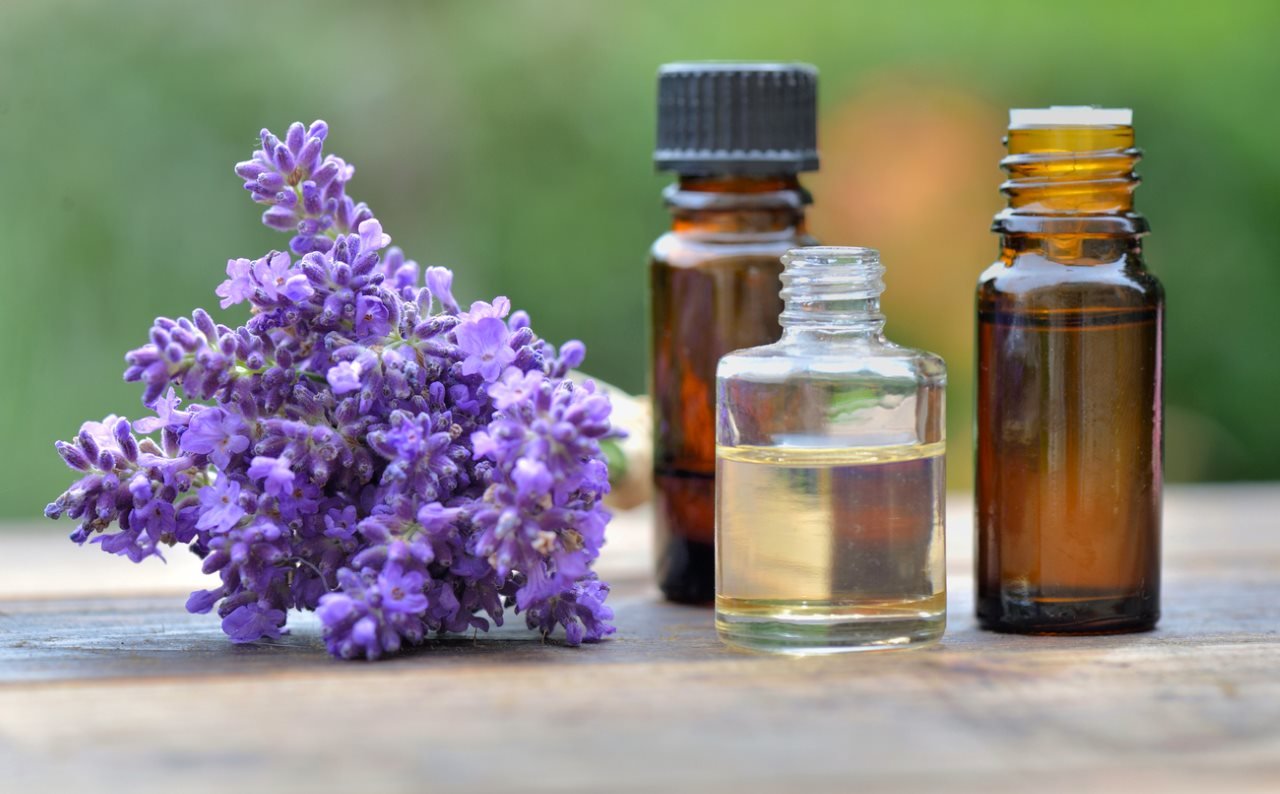Essential Oils vs. Carrier Oils: Choosing the Right Blend for Massage Therapy
When it comes to massage therapy, the use of oils is paramount in enhancing the therapeutic experience. However, the choice between essential oils and carrier oils can be a complex one, as each type of oil serves a unique purpose and offers different benefits. So, what are the differences between the two, and which is best for you? Let’s take a look.
Understanding Essential Oils
Essential oils are the highly concentrated essences of plants, and these oils are extracted through processes like distillation or cold pressing, capturing the plant's scent and flavor, aka its "essence." Known for their potent aromatic properties, essential oils are used in aromatherapy to evoke mental, emotional, and physical responses. We at Spa Theory can provide the use of massage oils with all of our convenient in-home massage offerings - so let’s learn a bit more about them.
Therapeutic Qualities
Essential oils are known for their therapeutic properties, but each essential oil has its own set of aromatherapeutic benefits. For example, lavender is renowned for its calming and relaxing effects, while mint is sought after for its invigorating and decongestant qualities.
Usage in Massage Therapy
In massage therapy, essential oils aren’t just chosen for their fragrance; they’re selected for their ability to promote relaxation, relieve stress, and aid in the healing of various physical ailments. However, due to their high concentration, essential oils are typically not used undiluted on the skin. For example, the benefits of CBD massage are only applicable when the right quantity of CBD is used.
Exploring Carrier Oils
Carrier oils, often undervalued, play an equally vital role in massage therapy. These oils, extracted from the fatty portions of plants like seeds, kernels, or nuts, are used to dilute essential oils and carry them to the skin.
Nourishing Properties
Carrier oils are typically packed with dozens of nutrients and have their own therapeutic properties; for instance, coconut oil is highly moisturizing and anti-inflammatory, making it an excellent choice for dry or irritated skin.
Varieties and Their Uses
Different carrier oils offer varying textures, absorption rates, and shelf lives; jojoba oil, for example, has a long shelf life and is remarkably similar to the skin's natural oils, making it an excellent carrier oil for all skin types.
Key Differences Between Essential Oils and Carrier Oils
Concentration and Usage
Essential oils are highly concentrated and volatile, used for their scent and therapeutic properties, whereas carrier oils are milder, less volatile, and used to dilute essential oils to make them safe for topical application.
Therapeutic Benefits
While essential oils primarily provide aromatic and therapeutic benefits targeting the mind and body, carrier oils offer more physical benefits, such as hydration and nourishment to the skin.
Benefits of Blending Essential Oils with Carrier Oils
While you might be wondering which of these two types of oils are best for your skin, did you know that you can actually blend the two for an ultimate aromatherapeutic experience? The practice of blending essential oils with carrier oils creates a synergy that enhances the effectiveness of massage therapy; this is because blending allows for the safe application of essential oils on the skin, while still leveraging the therapeutic properties of both oils.
Enhanced Therapeutic Effects
When essential oils are mixed with carrier oils, their therapeutic effects are not only preserved but also augmented: for example, a blend of lavender essential oil with almond carrier oil can provide both relaxation as well as that all-important skin nourishment.
Safety and Skin Tolerance
Carrier oils also come with safety benefits; carrier oils reduce the potency of essential oils, which makes them safe for skin application. Not only does this minimize the risk of skin irritation or allergic reactions, but it also ensures a safe and pleasant massage experience for your client.
Choosing the Right Blend for Massage Therapy
Selecting the ideal blend of essential and carrier oils for massage therapy requires consideration of several factors, including the desired therapeutic outcome, skin type, and individual preferences of either your client or yourself:
Identifying Client Needs
Understanding the client's specific needs, such as stress relief, pain reduction, or skin improvement, is key when it comes to choosing the right essential oil.
Matching Skin Type
The choice of carrier oil should align with the client's skin type; oils like grapeseed are lighter and suitable for oily skin, whereas oils like avocado are richer and better for dry skin.
Personal Preferences
The aroma of your chosen essential oil will typically come down to personal preference, but aromas do play a significant role in the overall massage experience. It's important to consider the client's scent preferences for a customized and enjoyable session, so make sure to speak with them beforehand so they can let you know which aromas they prefer.

